John Coombs’ ‘4 WPD’, Peter Lumsden and Peter Sargent’s ‘49 FXN’ and Peter Sutcliffe’s ‘YVH 210’. There are several registration numbers woven into the legend of the Jaguar E-type, though arguably none more famous than ‘CUT 7’, the metallic grey and blue Fixed Head Coupe owned and raced with great success by the one-eyed war hero Richard ‘Dick’ Protheroe in 1962.
An elite RAF pilot who served under Bomber Command during the Second World War and tested V bombers after it, Protheroe was a staunch supporter of the Jaguar brand, ever since acquiring and racing his first XK120 white stationed in Egypt in 1952. His friendship with Jaguar’s Sir William Lyons and his standing as a respected Jaguar dealer secured him the fourth right-hand-drive E-type Fixed Head Coupe (FHC) off the line in 1961.
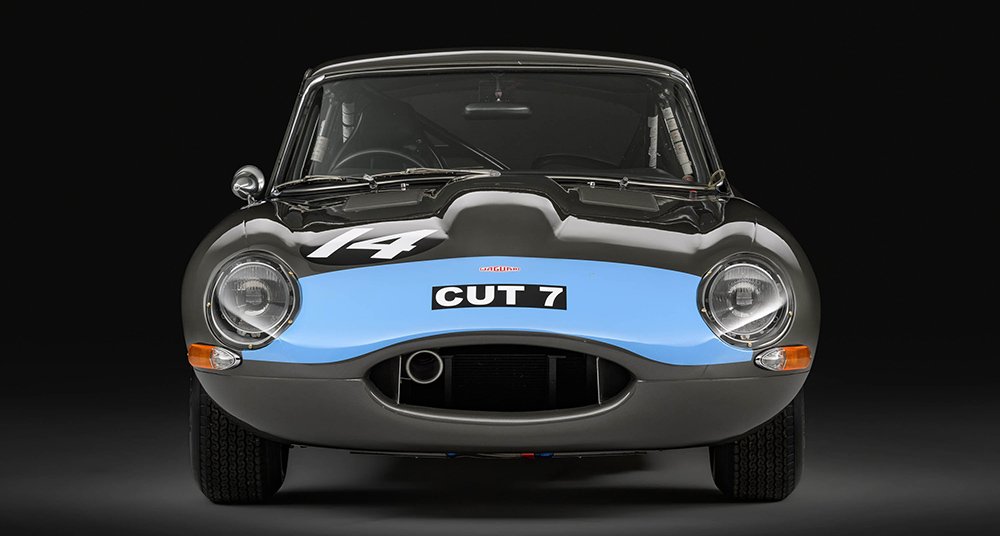
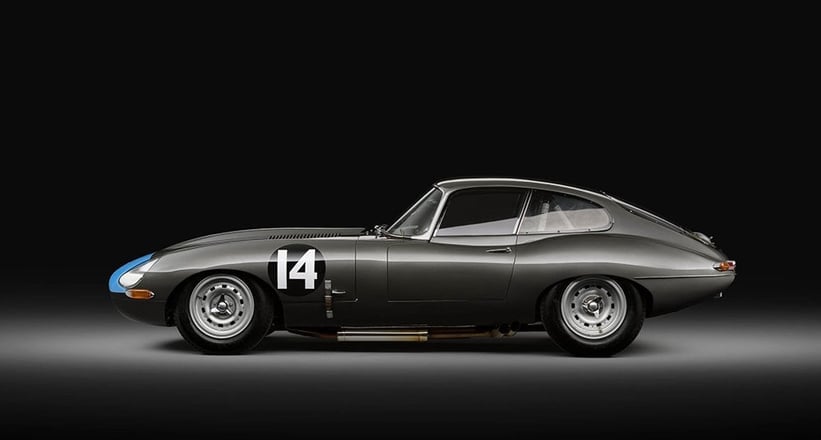
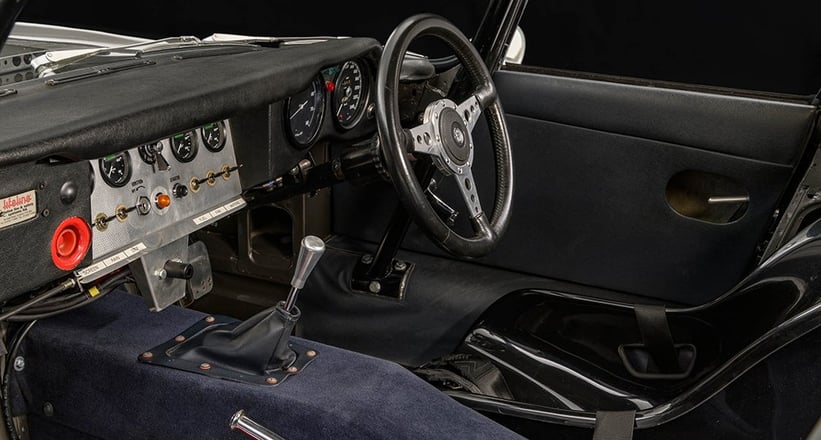
A long list of modifications was promptly made to the metallic grey coupé, including the fitment of D-type-specification wide-angle heads, Weber carburettors and uprated suspension and braking systems, to transform it from a luxurious road-going Grand Tourer to a raw and competitive racer. A strip of royal blue paint was applied to the nose, an apparent reference to a Bugatti Type 37 Protheroe had cherished in the 1940s, before the car was given its famous registration number: ‘CUT 7’.
Resoundingly competitive ‘CUT 7’ proved to be, Protheroe driving his self-prepared Jaguar beautifully to score five national victories throughout the 1962 season – including at Silverstone, Mallory Park and Crystal Palace – and securing the Autosport National Championship for Production Sports Cars in the over-three-litre category. Perhaps Protheroe’s finest outing that year, however, was the prestigious RAC Tourist Trophy at Goodwood in August.
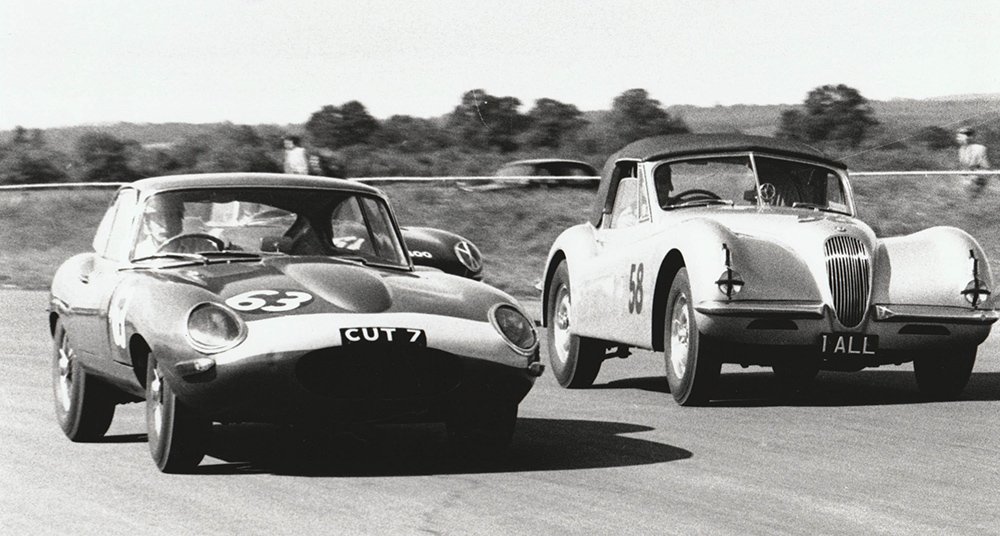
The grid on that searing summer’s day in West Sussex read like a who’s who of contemporary motorsport, the likes of Jim Clark, John Surtees and Graham Hill driving Works-backed big-banger Ferrari 250 GTOs and Aston Martin DB4GT Zagatos. A remarkably diligent drive from Protheroe saw him and ‘CUT 7’ cross the finish a very credible sixth overall. His engineering background as a test pilot equipped Protheroe with an inherent mechanical understanding and sympathy, which served him very well when it came to racing cars. His performance at Goodwood driving a comparatively slow car was a testament to this.
At the end of the year, Protheroe was forced to concede that his Jaguar was simply not quick enough and fundamentally flawed by its road-car roots. The ‘CUT 7’ registration, which had been seared into the memories of so many spectators, was transferred onto a second E-type, this time a purpose-built racer constructed from parts acquired from Jaguar’s spares department, including a full-fat D-type engine.
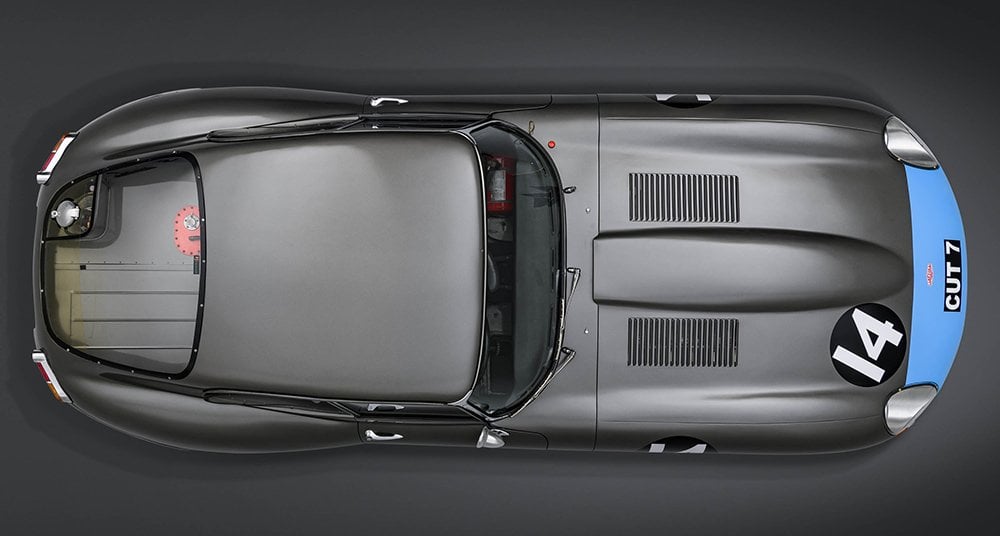
Alas, the new car was crashed heavily on its first outing at a very soggy Snetterton in 1963. “At about three-quarter distance, I lost it in the biggest possible manner at 6,200rpm in top gear at the end of the Norwich straight,” Protheroe recalled in his amusingly concise four-page autobiography, written in 1964. “After three rolls I came to rest on the inside of the circuit somewhat bruised but in one piece, just in time to see the following two cars repeat the process.”
Although it was rebuilt, ‘CUT 7’ number two was still never going to threaten the ever-evolving competition. Exercising his influence at the Jaguar factory once again, Protheroe acquired the experimental E-type ‘Low Drag Coupe’ (chassis EC1001) and returned his prized registration number to winning ways. But that’s a story for another day. Tragically, Dick Protheroe’s would never realise his great sporting ambition. He was killed during an untimed practice session at Oulton Park in 1966, driving a rear-engined Ferrari 330P prototype. It was only the second time one of his racing cars didn’t bear the Jaguar badge.
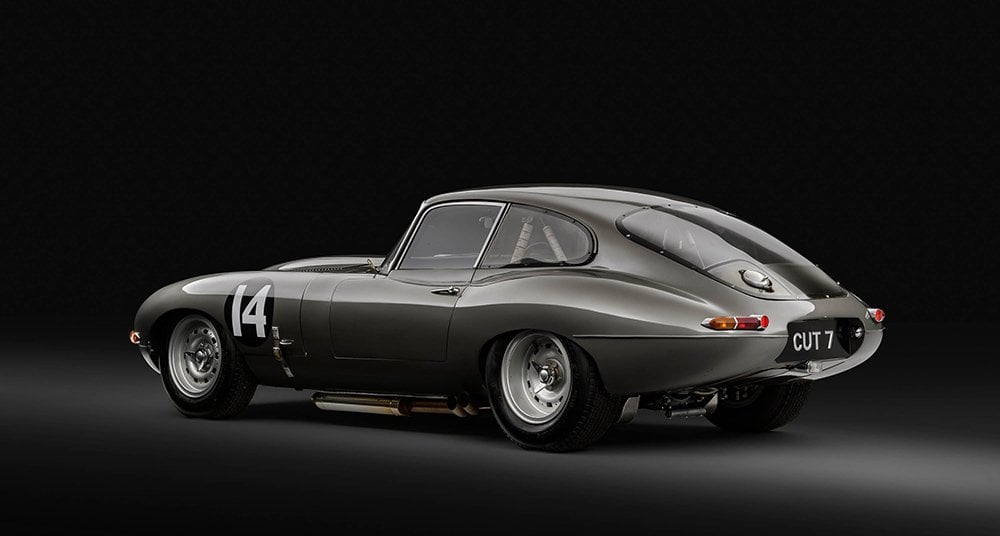
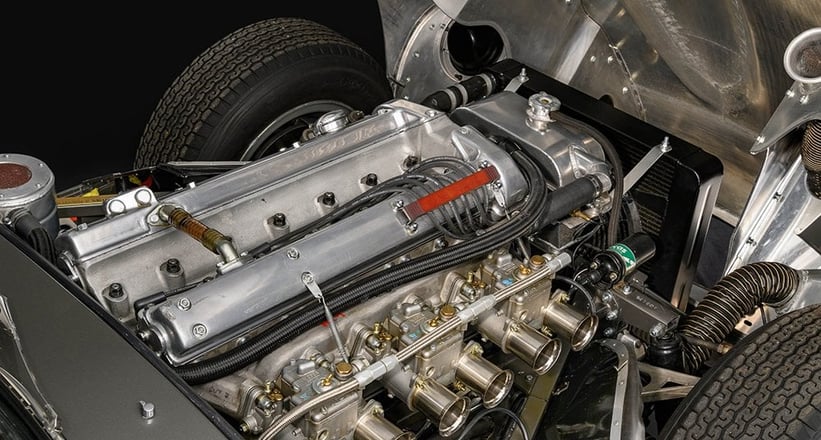

Back to the car in question. The original ‘CUT 7’ enjoyed its final flourish at the Autosport Three Hours at Snetterton, where Protheroe clinched class victory. It was subsequently converted back to fast road spec and sold, the advertisement in the newspaper billing the car as ‘the fastest and lightest FHC in existence’.
A string of enthusiastic Jaguar enthusiasts owned the car in the following decades, the latest of which had the car prepared to the exact specification Protheroe raced it, ‘CUT 7’ registration and all. The renowned E-type experts at Valley Motorsport in Wrexham were responsible for the work, sparing no expense in getting the car race ready. Suffice to say, you’ve probably enjoyed watching ‘CUT 7’ dance around classic circuits at many historic motorsport events in the last six years, including the Goodwood Revival, where it’s proved a force to be reckoned with in the prestigious RAC TT Celebration race.
“The ‘CUT 7’ registration is an integral and highly significant part of the Jaguar E-type’s history and this, the first example to bear the famous number, is the car Dick Protheroe took to Goodwood in 1962 and, against the mighty Ferrari GTOs and Aston Martin Zagatos, finished sixth overall in the RAC TT,” comments Rory Henderson of Henderson Fellowes, the Classic Driver dealer entrusted with selling this ultra-important Jaguar. “It was that golden era of motor racing, when plucky privateers could roll out their home-built cars and give Maranello’s finest a run for its money.”
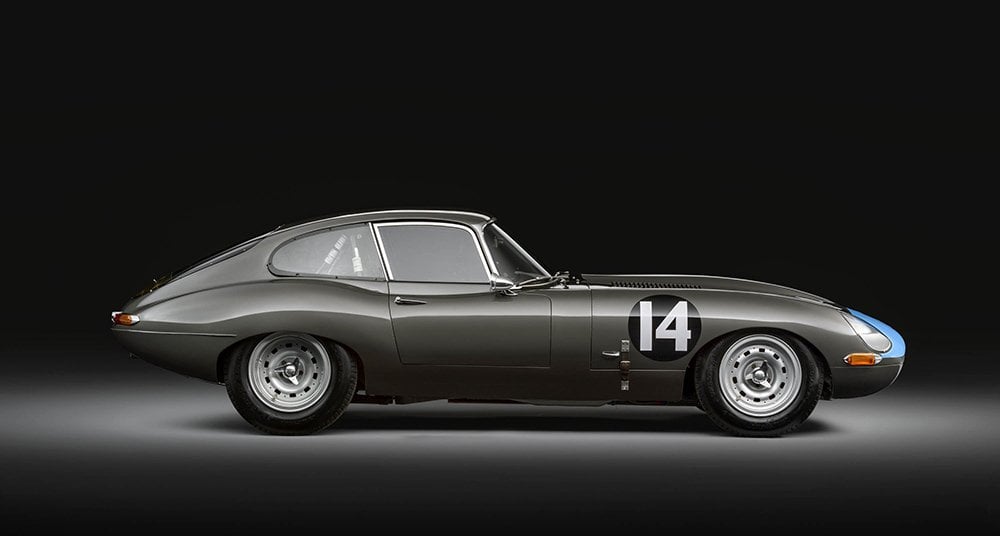
With regards to this E-type’s appeal today, Henderson cites its eligibility as hugely important. “Everyone knows ‘CUT 7’ and it’s the entry ticket to so many events, whether you want to contest the Le Mans Classic, Modena Cento Ore or the Goodwood Revival,” he continues. “The RAC TT is the race anybody who’s anybody in the historic racing world wants to take part in and, even better, win, and ‘CUT 7’ has proven to be a very competitive entrant in the last 10 years. The car always puts on a very good show and garners so much adoration.”
It’s one thing standing trackside at Goodwood, slack-jawed, as motorsport legends old and young driving priceless Grand Tourers fight tooth and nail for glory in historic racing’s most revered race. We imagine it’s another thing entirely watching the action unfold through the windscreen of one of the cars taking part, even more so if you’re right in the thick of it. There’s no doubting, ‘CUT 7’ could grant you access to the very best seat in the house at Goodwood.
Photos: Tim Scott for Henderson Fellowes © 2020














